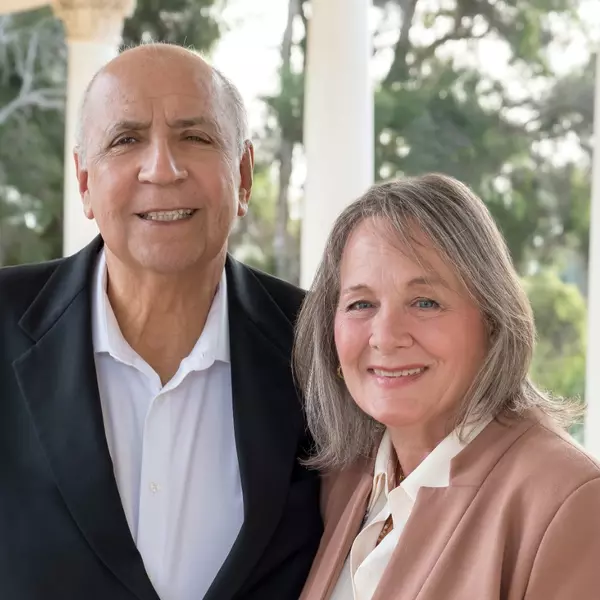Discover Chicano Park San Diego: Barrio Logan’s Cultural & Historical Landmark
Chicano Park is the focal point of San Diego’s oldest Mexican-American neighborhood, Barrio Logan. The park lies where Interstate 5 and the Coronado Bridge meet and houses a massive collection of outdoor murals.
See for yourself why this National Historic Landmark, just off the San Diego Bay, is a must-visit. Below is everything you need to know about visiting the wonderful Chicano Park in the heart of Barrio Logan.

Chicano Park San Diego – The Can’t Miss National Landmark
It’s too easy to miss one of the most colorful, cultural landmarks in the city of San Diego when you drive south along the Interstate. Turn off at Caesar Chavez Boulevard, go left at National Boulevard and look up. Welcome to Chicano Park San Diego.
It’s simple to reach by trolley too, via the Blue Line from the Gaslamp Quarter and a short walk east.
Once off the freeway, look south. You’ll see the monumental murals emblazoned across massive bridge supports. They reach from the pavement into the shadows and dwarf the Kiosko, the dancing pavilion adjacent to the Chicano Museum building.
The Chicano Park Museum and Culture Center is a little harder to spot. The building is unassuming, but also on National Boulevard, just before you drive under the bridge.
The murals and museum are a must-see for anyone in San Diego.
Here you can a map of the Chicano Park Murals from 2015: Chicano Park Murals. Of course, many have been updated and new ones added but this will still be helpful in navigating the park.
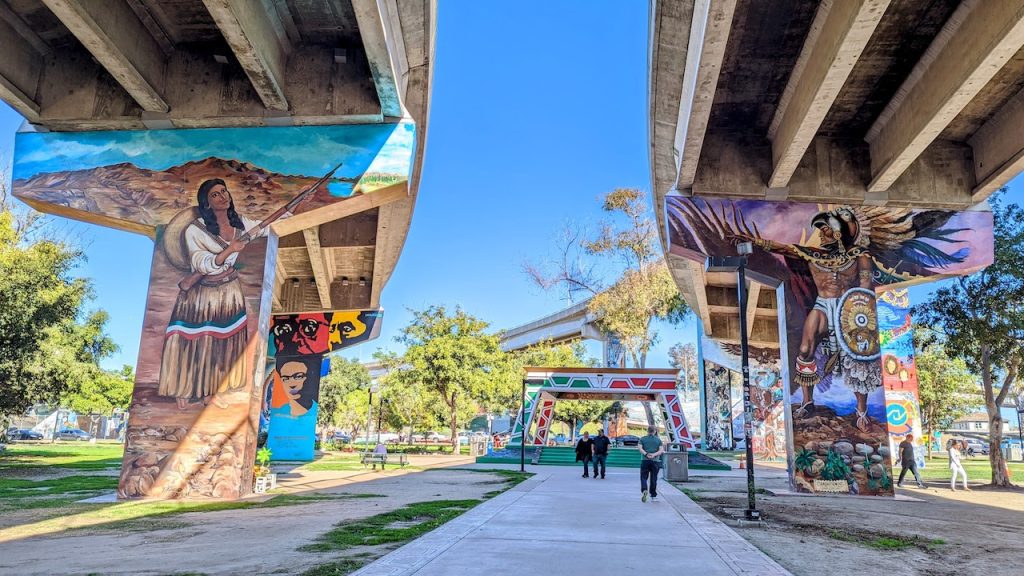
The Chicano Park Museum & Cultural Center – Where Exhibits Tell the Story
Enter the museum on the south side. Non-resident tickets are $8. Once inside, the gallery and gift shop are down the hall from classrooms and meeting spaces.
“Pillars: Stories of Resilience and Self-Determination,” the inaugural exhibition, is a “collective, historical narrative of Chicano Park and Logan Heights,” as the Chicano Park Steering Committee explains it. The gallery is dotted with ‘towers,’ each decorated by different community groups.
Each ‘tower or pillar’ is painted on an identical base. The shape echoes the contours of the bridge pillars outside. Walk slowly around each to get a feel for what binds this neighborhood together.
Student guides from the Aztlan Youth Brigade are happy to answer questions about the various pieces.
The exhibit is a great immersion in local history, myths, car clubs, local leaders, and other change makers.
Below is an overview of a few standouts from the eleven pieces on display:
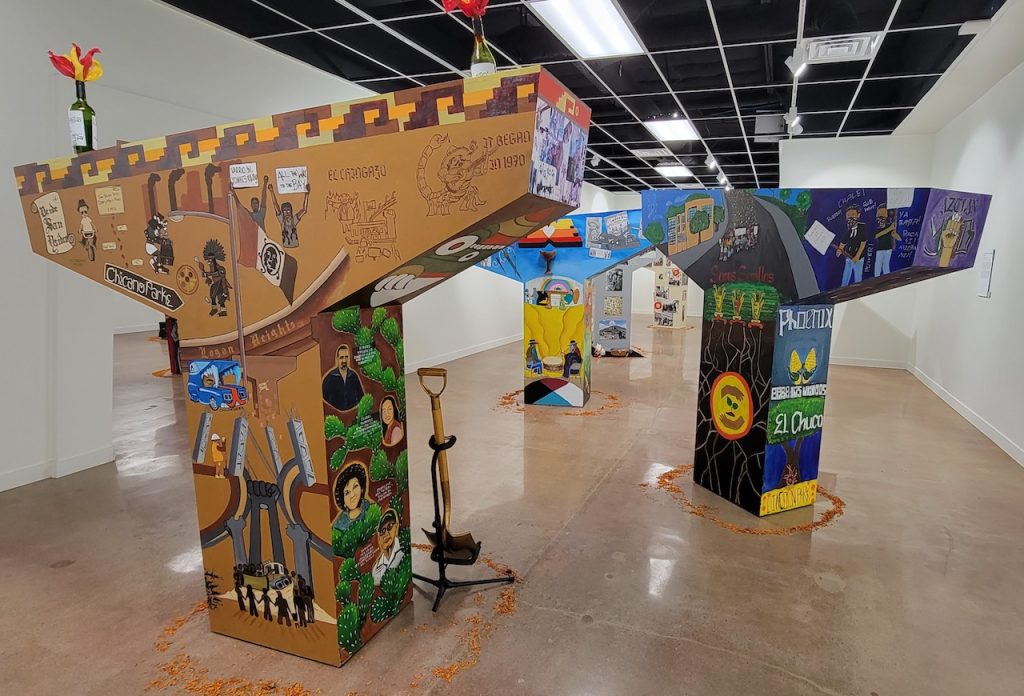
The Our Lady of Guadalupe Church Tower
It’s not every day that Lowriders and the Catholic Church work together but Father Brown served here for over 50 years and made sure it happened. He blessed Quincinera celebrations and marriages but his support for the Low Riders is his true legacy.
After the Low Riders were evicted from meeting space, Father Brown opened up the La Guadalupe Church and helped to start the San Diego Low Rider Council. His tradition of blessing the cars each year continues to this day.
The La Raza Tower
Natural elements and ceremonial traditions are illustrated across this pillar as created by the Centro Cultural de la Raza. Singers, dancers, and instruments; famous and favorite performers stand on the base. Multiple stories are told in bright relief.
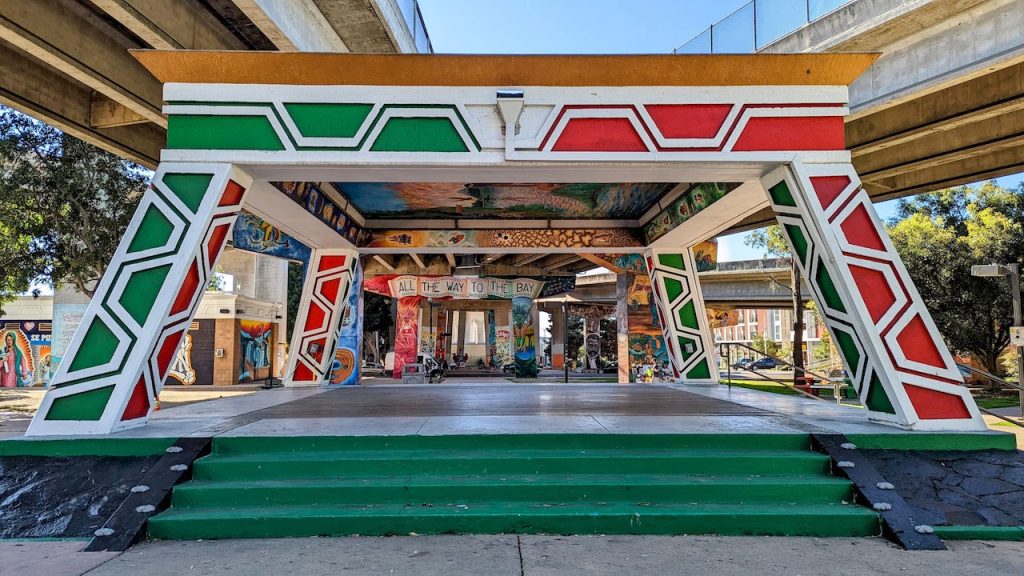
The Brown Berets Tower
Two sides of this pillar were painted by members of the National Brown Berets de Aztlan and the San Diego Chapter of the National Organization. One shows the struggle for liberation. The other contains over a dozen scenes reflecting events in the group’s history since 1968 and as imagined in the future.
Rioberto Reyes of Via International and a member of the Brown Berets, describes their activities in Barrio Logan this way:
“They were a semi-militant, semi-revolutionary organization instrumental in the takeover of Chicano Park. Neighborhood House was the gathering place for the community and was active from the 1920s until it was abandoned in the 1960s. One of the elders of the community, Laura Rodriguez was on her way to buy tortillas when she saw a commotion during the takeover of the park. Seeing the strength of the people coming together, she and some of the Brown Berets chained themselves to the Neighborhood Building to bring attention to the need for medical services for this community. That (protest) led to the development of the medical clinic in the Barrio, now the Logan Heights Health Clinic. It’s the largest in this area.”
Rioberto Reyes
Reyes is also featured on one of the towers. On the Chicano Youth piece, look for a small figure on a bicycle. That’s Reyes who became a hero for riding his bike from San Jacinto to Chicano Park gatherings.
The museum hallways and walls are lined with photos and posters telling the story and history of the neighborhood and its importance in the history of San Diego. Make sure to plan enough time to study the entire space that has been so carefully curated.

Chicano Park’s Origins
The neighborhood has roots in activism and myth. The ancient Aztecs cherished the story of Aztlan. It was a paradise lost as people began to migrate north in the 11th Century AD, settling in lands that eventually became part of the United States.
California was carved from the south after the Mexican-American War. However, the dream of Aztlan remains important to members of the Chicano movement.
Chicano activists sprang into action in the 1970’s after the California Department of Transportation extended Interstate 5 through what’s now Barrio Logan and Logan Heights.
Huge stanchions rose to support the bridge over the bay to Coronado. Homes and businesses were razed and the neighborhood was cut in two; Barrio Logan on one side, Logan Heights the other.
In exchange, residents were promised a large parkland under the bridge spreading down to the bay. One of the original goals of the Park and the Park Steering Committee, was “to transform the cold gray concrete and rock-hard dirt that once dominated the site into a glorious space” to reflect the “beauty, culture and spirit of the Chicano People.”
Nothing came from the agreement for over a decade until residents learned of plans to use the land for a new California Highway Patrol station. Local activists protested. It culminated when Brown Berets and community elders chained themselves to the Neighborhood Building demanding a Medical Center be built instead. Those actions eventually led to the Logan Heights Health Clinic. It remains the largest in the area.
The enduring power of Chicano Culture was established and today the park is open to all willing to respect the neighborhood and its people. There’s much to savor in the creative spirit that flows from the bay to Logan Heights in its galleries, vibrant brewery scene, and popular restaurants.

Events & Festivals in Chicano Park
With the pandemic in the rearview mirror, the annual Chicano Park Day will be held for the first time in years on Saturday, April 23rd. The free family-friendly event is always open to the public.
The La Vuelta Car Cruise happens every Wednesday in the summer and culminates in the Summer Festival each August. It’s a free community event.

There is much more to local Mexican culture than taco stands and margaritas. A trip to the new indoor and outdoor Chicano Park and Museum in Barrio Logan will prove it.
Once there you’ll have a better understanding of the area, a full tummy, and unique pictures to share.
Last Updated on March 7, 2023 by Maria Haase
The post Discover Chicano Park San Diego: Barrio Logan’s Cultural & Historical Landmark appeared first on San Diego Explorer.
Recent Posts


![Things To Do On Halloween in San Diego [2025]](https://img.chime.me/image/fs/chimeblog/289037000021392/16906/20251001/16/w600_original_a093c15d-0dc8-4511-af13-7db2274afab5-jpg.webp)
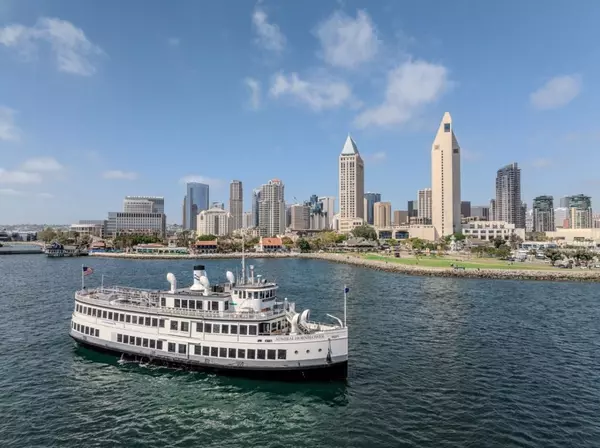
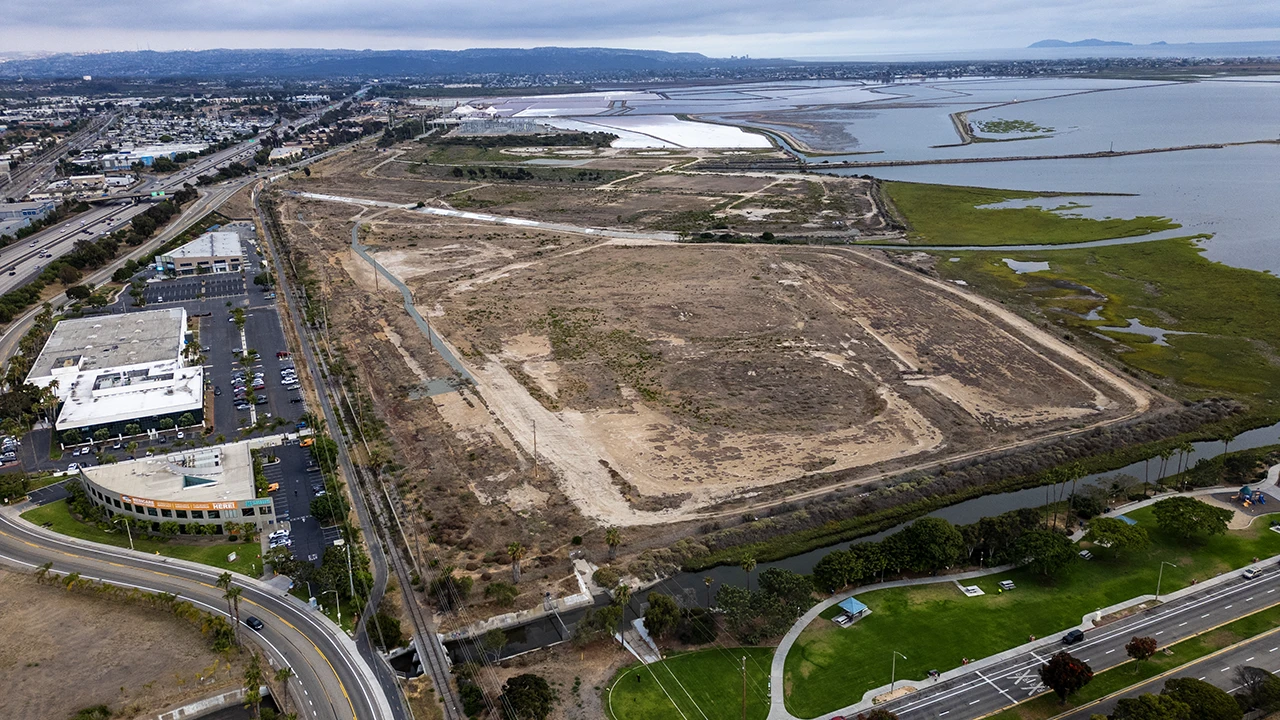


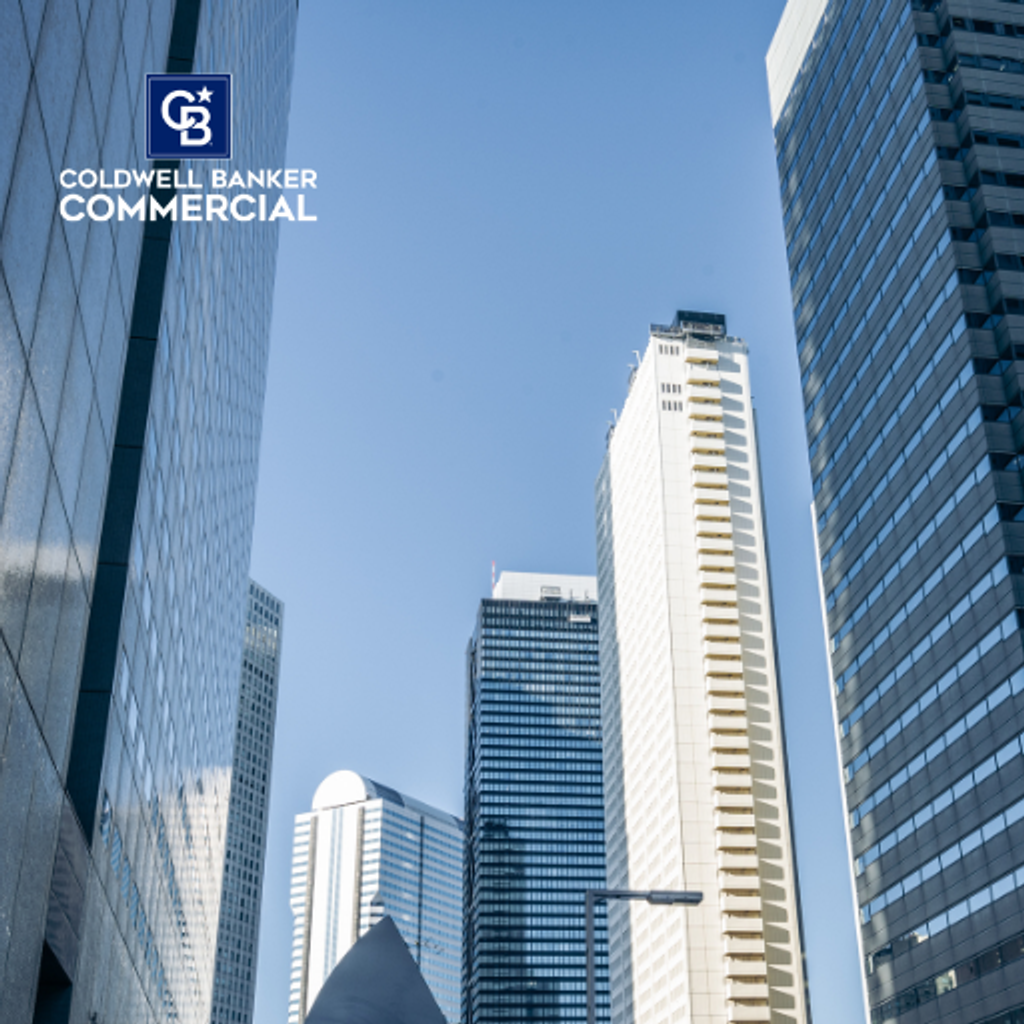
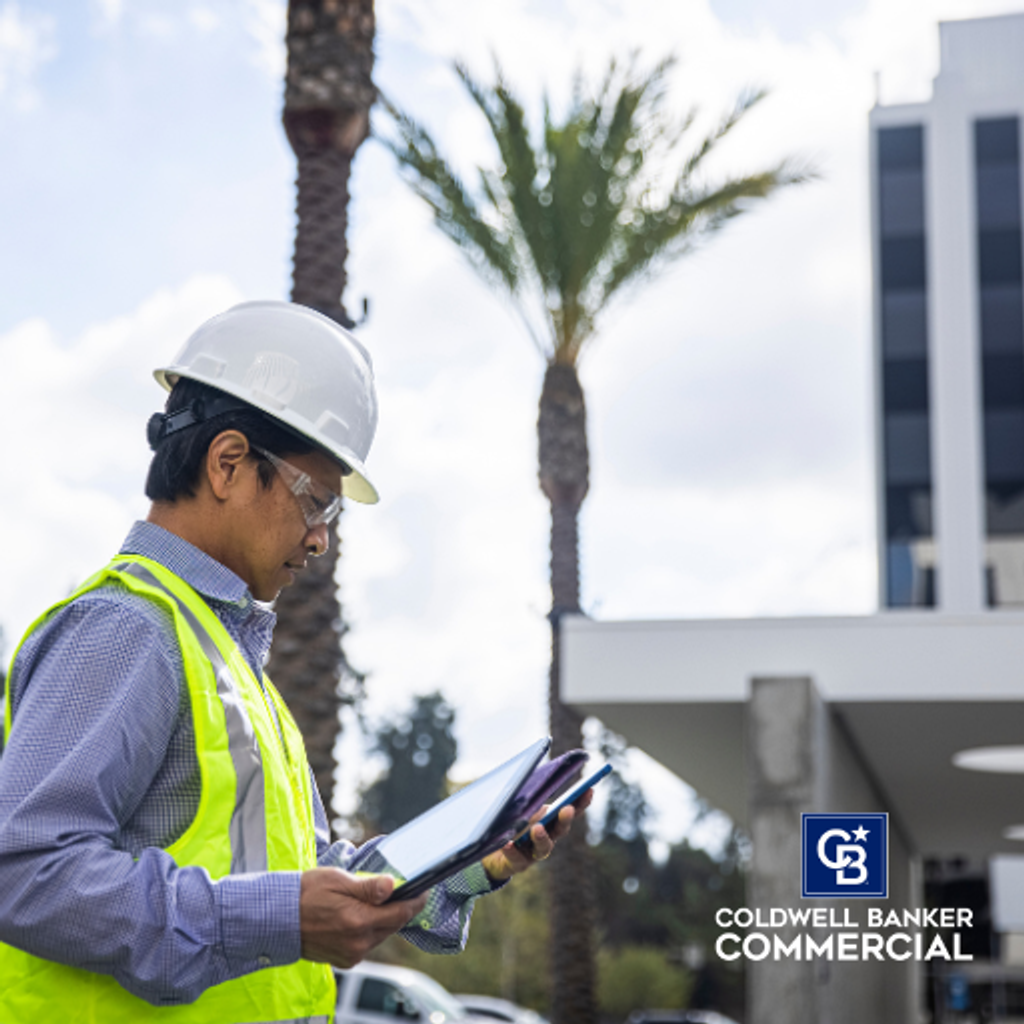
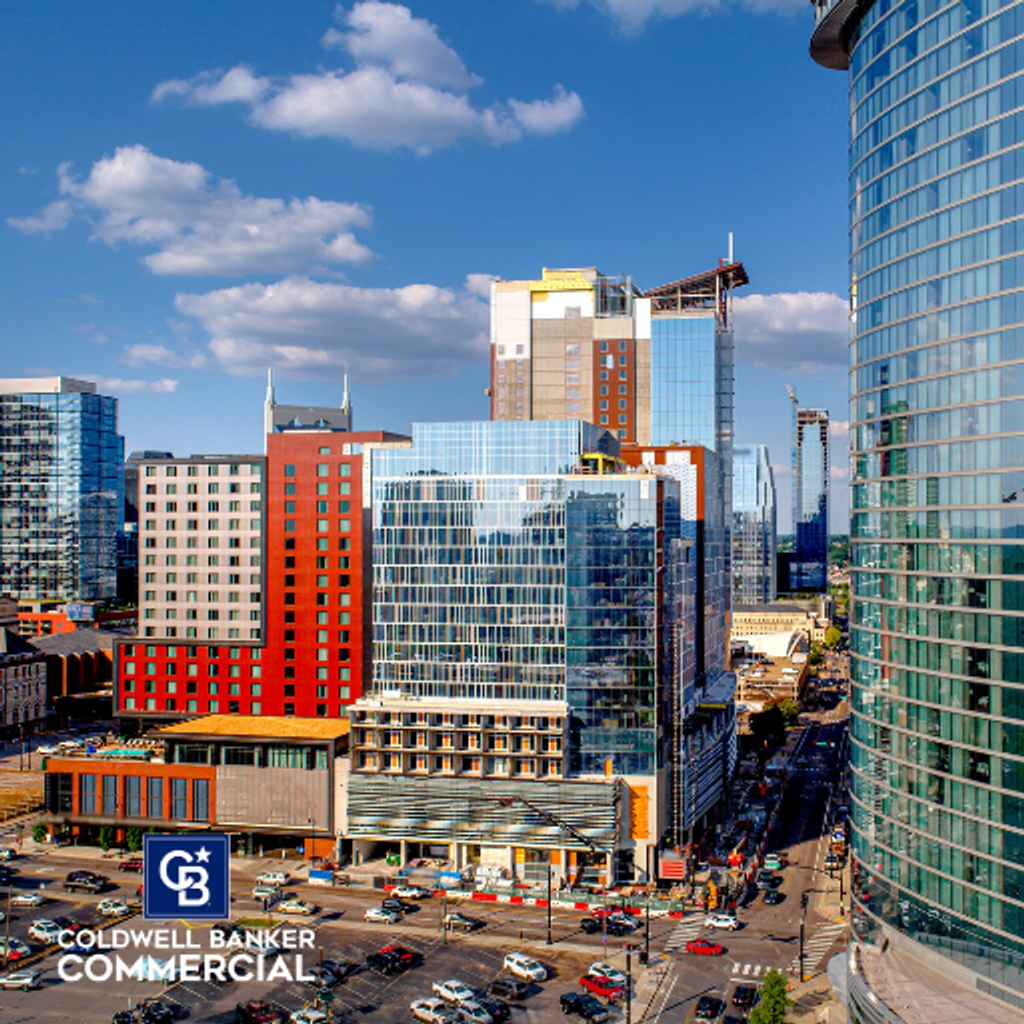
GET MORE INFORMATION
